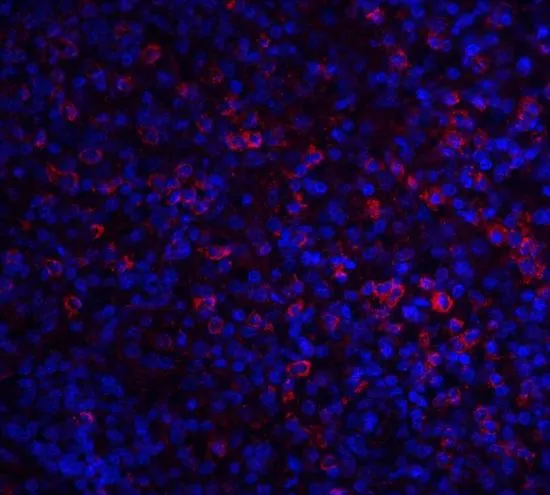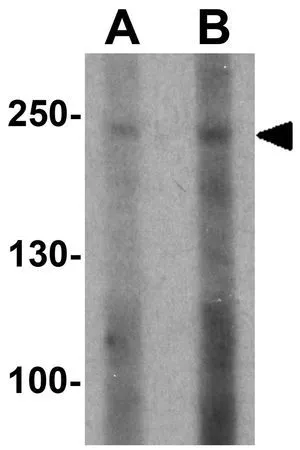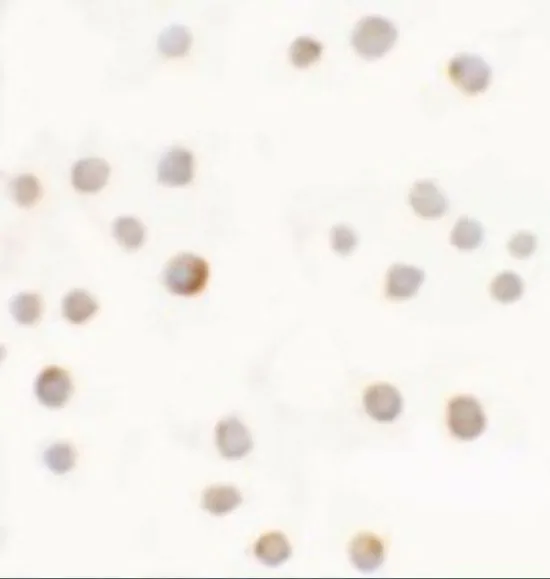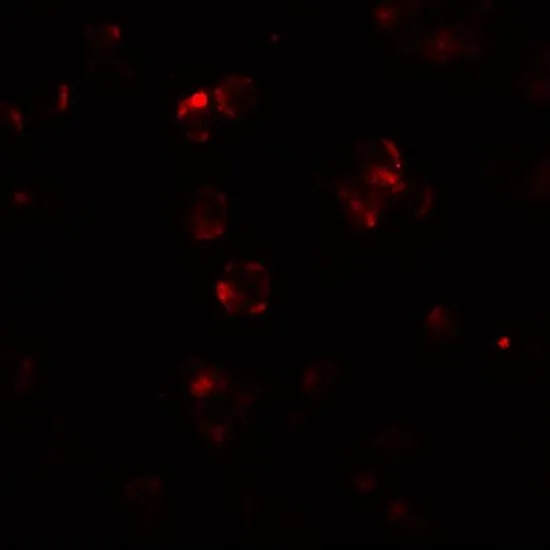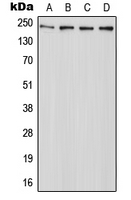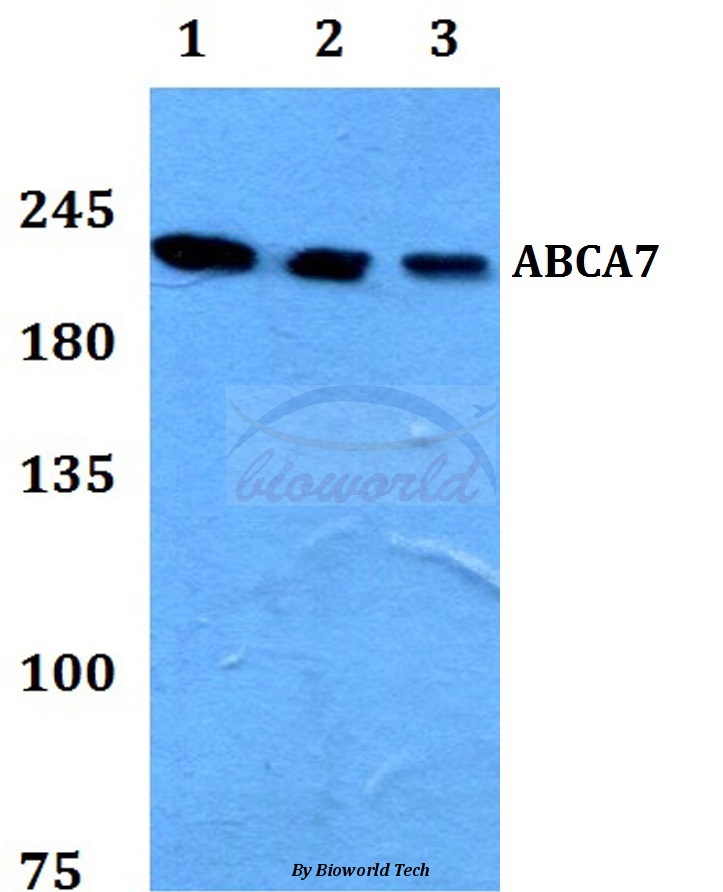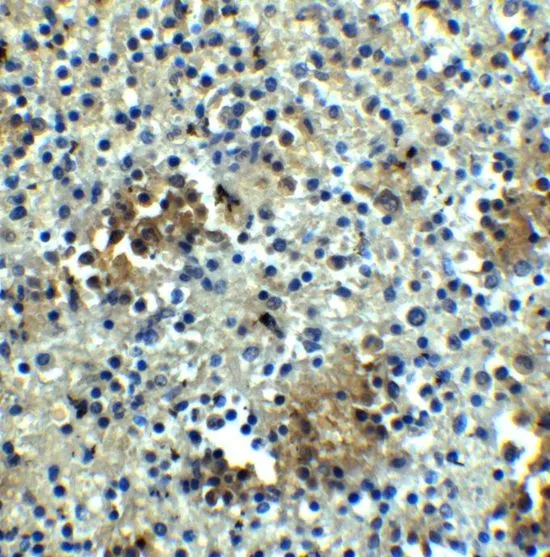
IHC-P analysis of human spleen tissue using GTX31856 ABCA7 antibody. Working concentration : 5 microg/ml
ABCA7 antibody
GTX31856
ApplicationsImmunoFluorescence, Western Blot, ELISA, ImmunoCytoChemistry, ImmunoHistoChemistry, ImmunoHistoChemistry Paraffin
Product group Antibodies
TargetABCA7
Overview
- SupplierGeneTex
- Product NameABCA7 antibody
- Delivery Days Customer9
- Application Supplier NoteWB: 1 - 2 microg/mL. ICC/IF: 5 microg/mL. IHC-P: 5 microg/mL. *Optimal dilutions/concentrations should be determined by the researcher.Not tested in other applications.
- ApplicationsImmunoFluorescence, Western Blot, ELISA, ImmunoCytoChemistry, ImmunoHistoChemistry, ImmunoHistoChemistry Paraffin
- CertificationResearch Use Only
- ClonalityPolyclonal
- Concentration1 mg/ml
- ConjugateUnconjugated
- Gene ID10347
- Target nameABCA7
- Target descriptionATP binding cassette subfamily A member 7
- Target synonymsABCA-SSN; ABCX; AD9; ATP-binding cassette sub-family A member 7; ATP-binding cassette, sub-family A (ABC1), member 7; autoantigen SS-N; macrophage ABC transporter; phospholipid-transporting ATPase ABCA7
- HostRabbit
- IsotypeIgG
- Protein IDQ8IZY2
- Protein NameATP-binding cassette sub-family A member 7
- Scientific DescriptionThe protein encoded by this gene is a member of the superfamily of ATP-binding cassette (ABC) transporters. ABC proteins transport various molecules across extra- and intra-cellular membranes. ABC genes are divided into seven distinct subfamilies (ABC1, MDR/TAP, MRP, ALD, OABP, GCN20, White). This protein is a member of the ABC1 subfamily. Members of the ABC1 subfamily comprise the only major ABC subfamily found exclusively in multicellular eukaryotes. This full transporter has been detected predominantly in myelo-lymphatic tissues with the highest expression in peripheral leukocytes, thymus, spleen, and bone marrow. The function of this protein is not yet known; however, the expression pattern suggests a role in lipid homeostasis in cells of the immune system. [provided by RefSeq, Jul 2008]
- Storage Instruction-20°C or -80°C,2°C to 8°C
- UNSPSC12352203

